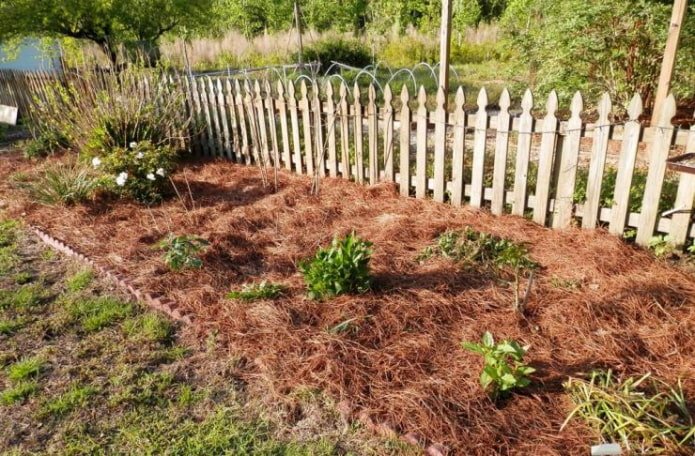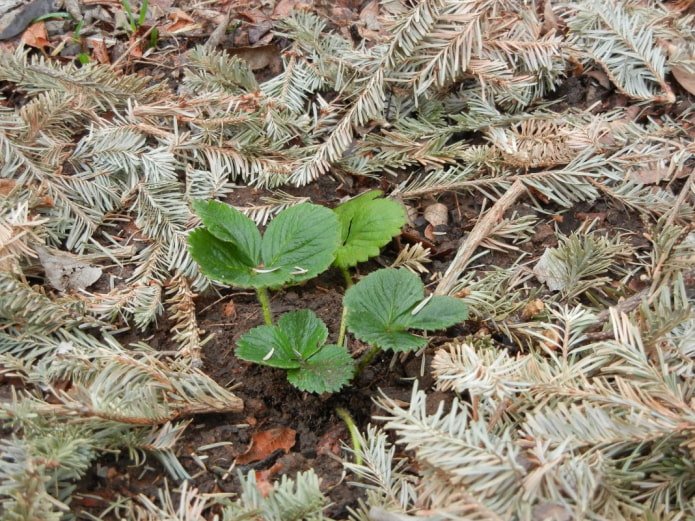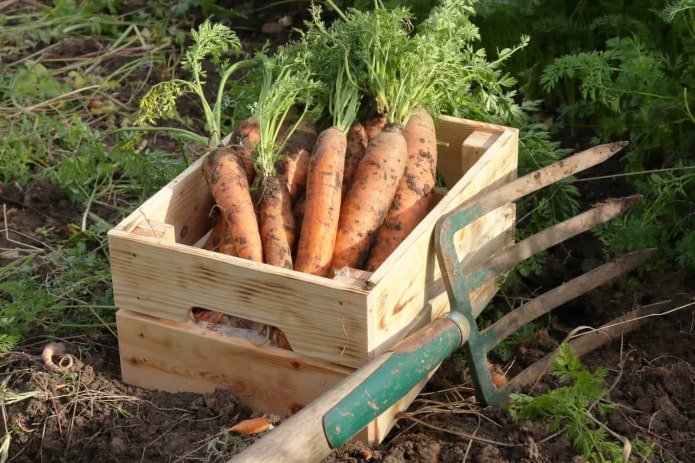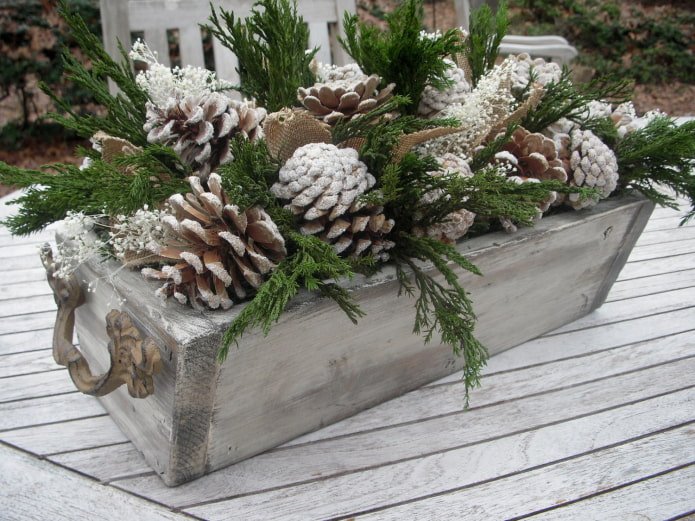Compost
The most obvious use of pine needles is composting. It is impossible to obtain organic fertilizer from needles alone; the decomposition process of spruce litter takes up to 5 years. Experienced gardeners add pine needles to the compost pit along with fallen leaves, manure, garden soil, and other organic waste.
Pine litter is highly acidic. To lower the pH level, each layer of needles is sprinkled with dolomite flour, ash, or ground limestone. To speed up the ripening period of the fertilizer, all components are periodically mixed and filled with a solution of urea or mullein.

Top dressing
Liquid top dressing from fallen spruce needles nourishes plants with vitamins, micro- and macroelements. There are several ways to prepare liquid fertilizer.
- Water infusion. Crushed needles are poured with water and boiled over low heat for about 10 minutes. The cooled solution is filtered and infused for another 2-3 days. The finished fertilizer is diluted with water in a ratio of 1:10 and used to feed plants.
- Vodka solution. Spruce, pine or larch needles are poured into a jar to the top, filled with vodka. In a closed container, the liquid fertilizer is infused for a month, shaking periodically. The resulting solution, diluted with water 1:10, is a budget growth stimulator and fertilizer for garden plants.

Mulch
The surface coating of the trunk space protects the plant from negative atmospheric influences: sudden temperature changes, scorching sun, etc. Natural and inorganic materials are used as flooring. Mulching with pine needles has a number of advantages:
- Durability. Due to the long period of decomposition, the needles will perform their function for several years in a row.
- Lightweight.
- Highly resistant to the spread of rot and fungus.
- Attractive appearance.
It is important to remember that coniferous mulch is not desirable for plants that prefer alkaline soil: gypsophila, lavender, violets, etc.

Shelter for plants
Lush pine and spruce “paws” are traditionally used to cover plants before the approaching frost. Ornamental cereals, recently established young trees, and in the southern regions, grapes, roses, and azaleas overwinter under the pine needles.

Pest control
An infusion of needles and crushed spruce branches can repel most insect pests from the ripening crop. It successfully fights aphids, codling moths, Colorado potato beetles, etc.
The saturated pine solution is diluted with water in a 1:2 ratio. The disinfectant should be applied from a spray bottle. It is recommended to repeat the treatment of the leaves every 10-14 days. Dry pine needles scattered between the rows also help to avoid laying eggs on the leaves.

Odor neutralizer
There are plenty of places in the garden where the aroma may not be the most pleasant. This includes stagnant water for irrigation, the area next to the compost pit, and the summer kitchen. A decoction of spruce needles with the addition of cinnamon and grated citrus zest will help neutralize the smell. Left to simmer over low heat, it will fill the space with natural aroma in a few minutes.

Soil oxidizer
Many gardeners use the increased acidity of pine needles for the benefit of plants that do not tolerate alkaline and neutral soils. If you plan to grow azaleas, heather, viola or hydrangeas on your plot, feel free to fertilize the soil with fallen needles.

Protecting the harvest from rot
Due to its bactericidal properties, pine needles are actively used to store the harvested crop. Dried needles are sprinkled between layers of vegetables and fruits, and used to cover cellar shelves.

The Base for a Warm Bed
Warm beds prepared before the first autumn frosts allow gardeners to harvest 1.5 to 2 times more than usual.
The technology for creating warm beds is quite simple:
- a thick layer of fallen needles is poured onto the bottom of the dug trench;
- a layer of needles is sprinkled with ash, manure and mown grass;
- the top 20 cm are given over to fertile soil.
In spring, such a bed warms up almost a month earlier than usual.

Garden decor
Coniferous decor is appropriate not only for the New Year. Decorative compositions of cones and spruce branches can be used to decorate a garden interior, porch or recreation area.

Using pine needles is a huge help to any summer resident. Dry needles, infusions and decoctions from spruce or pine litter help save time and effort on frequent watering, pest control and weed control.
Now reading:
- 99 Floral Wallpaper Options for Interiors – Variety of Styles and Designs
- steps to clean your gas stove grate from grease and carbon deposits.
- Bedroom sets: 33 photos and stylish design solutions.
- What kind of rug is suitable for the hallway? – types, functions and 27 photos of design
- Ideas for a children’s room of 12 m²: design photos for girls and boys